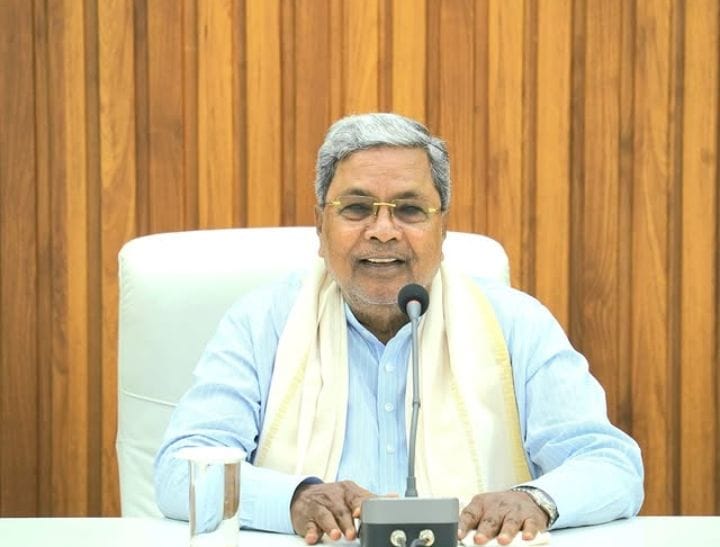Bengaluru, March 7: Karnataka CM Siddaramaiah is all set to present his 16th state budget, and this time, he faces a tough balancing act—keeping his five major guarantee schemes running while also ensuring the state continues to grow. With rising debts and growing financial commitments, the challenge is real.
How Much Debt Are We Talking About?
Last year, Karnataka’s Gross State Domestic Product (GSDP) was pegged at ₹28.09 lakh crore, and the state planned to borrow ₹1.05 lakh crore, which was a 23% jump from the previous year’s ₹83,818 crore.
This year, things have escalated further. The state’s revenue is estimated to reach ₹32 lakh crore, but at the same time, borrowings are expected to cross ₹1.5 lakh crore. By the end of 2024-25, Karnataka’s total outstanding debt is projected to touch ₹6.65 lakh crore, making up 24% of the GSDP. As per fiscal rules, Karnataka can borrow up to 25% of its GSDP, meaning it’s now walking a fine line.
What About the Budget Size?
The 2025-26 budget is likely to cross ₹4 lakh crore, compared to ₹3.71 lakh crore in 2024-25. Since ₹52,000 crore has already been allocated for guarantee schemes this year, the budget is naturally going to increase further. The government is clear—it won’t cut down spending on guarantee schemes. Instead, CM Siddaramaiah is planning to pump ₹55,877 crore into capital investments to keep development moving forward.
Big Push for Infrastructure & Investments
A major highlight of this budget is infrastructure development, which is expected to attract big industrial investments. Karnataka’s recent Invest Karnataka 2025 Global Investors Meet has already seen ₹10.27 lakh crore worth of investment proposals, potentially creating 6 lakh jobs.
There’s also a strong focus on green energy and industrial expansion, which could get significant funding. Meanwhile, reports suggest that each beneficiary family under guarantee schemes receives a minimum of ₹10,000 per month, which the government considers a major step toward financial stability and economic equality.

The Big Problem: Revenue Deficit
Despite all this spending, the big worry is the revenue deficit. The government is already running a ₹27,354 crore revenue shortfall, meaning it’s spending way more than it’s earning. Experts say it could take two to three more years before Karnataka is financially stable again.
Alcohol Price Hike: Karnataka Budget Raises Concerns for Liquor Lovers
To cover this gap, the state is eligible for Revenue Deficit Grants (RDG), similar to what Kerala receives under the Finance Commission’s recommendations. These funds can help Karnataka stay afloat financially without compromising on growth.
What Happened to the Economic Corridors?
In the last budget, Siddaramaiah announced two economic corridors—one connecting New Mangalore Port to Bengaluru and another linking Bidar to Mumbai and Chennai. But so far, nothing has moved forward. The Public Works Department (PWD) has prepared a feasibility report, but there’s still no clear roadmap for execution.
Regional Challenges & The Road Ahead
One of the biggest challenges this year will be ensuring regional balance in fund allocation, especially for underdeveloped areas like Kalyana Karnataka. Additionally, the government must ensure that SC/ST welfare funds under the SCP/TSP schemes aren’t diverted to support guarantee schemes.
At the end of the day, Siddaramaiah’s 16th budget will have to walk a tightrope—maintaining welfare schemes, boosting development, and managing rising debt, all while making sure Karnataka doesn’t run into financial trouble in the coming years.

